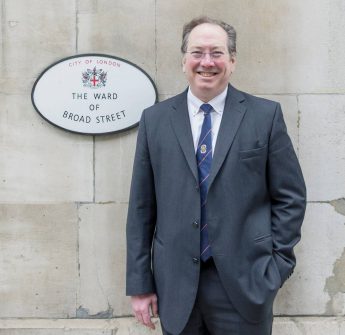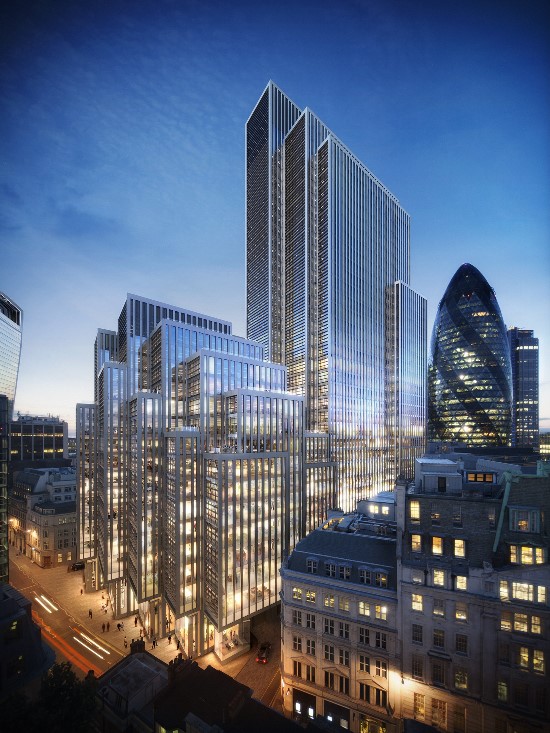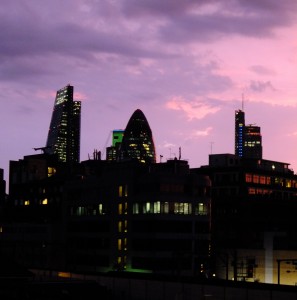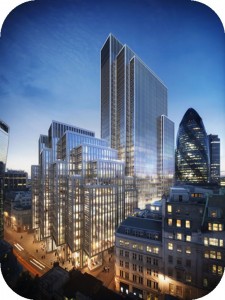The City of London is a fascinating study of two millennia of urban development. I finished my first year on the Planning & Transportation Committee this month. Inthe 1970’s I spent quite a bit of time working at the Harvard Graduate School of Design at Gund Hall, Harvard’s school of architecture. My research job was providing architects with some of their first CAD-CAM 3D walk-throughs; today we’d call it computer generated imagery (CGI). The architects used these very expensive, match-stick walk-throughs in competitions ‘selling’ architectural dreams. So I should be an excellent ‘poacher turned gamekeeper’, no? Also, like many, I’ve complained about much of the post-war architectural blight, the brutal brutalism, the feckless facades. And of course, as a central London resident I’d like to improve the night view from my balconies:
Well, it’s harder than one thinks. The planning applications are lengthy and complicated – these days there is a lot of CGI to look at. Committee Members only get sent the small percentage of very tough applications, i.e. the political ones. We rely on an excellent and committed Chairman who treats this unpaid post as a full-time job.
We’re cutting down on skyscrapers and hotels, but people’s complaints about them won’t cease for a few years till the planned ones are built. Neighbours and financiers row with each other. People complain, but then don’t bother to attend Committee meetings (meetings are open to the general public and can be fascinating to observe). Central government plays politics with us over Smithfield Market, itself a very difficult decision. St Bart’s Hospital and Maggie’s Centre for cancer lead to huge divisions of opinion. Yes, very interesting times in a single year.
And my favourite, though tough, decision in my first year? Probably 40 Leadenhall, which I have privately nicknamed “The Shuffle” because it looks to me like a deck of cards. I do hope when built it looks as good as the CGI and does provide a unique blend of traditional architecture and modern, with innovative internal open spaces. I really do. That’s the tough bit of planning, the need for hope – we’ll get it right this time…



